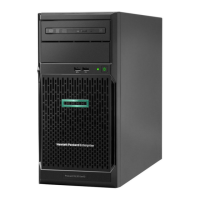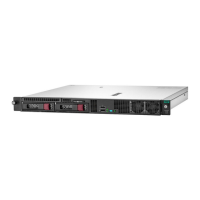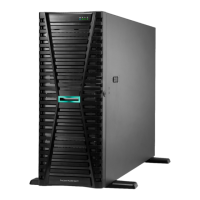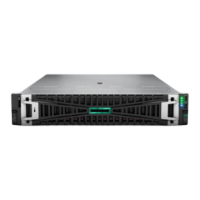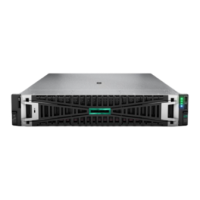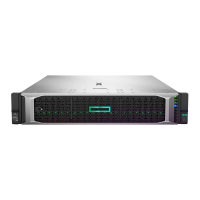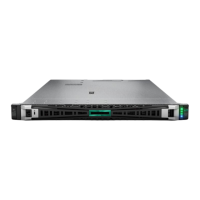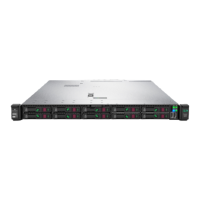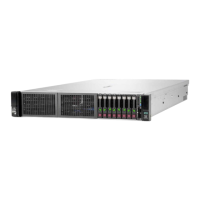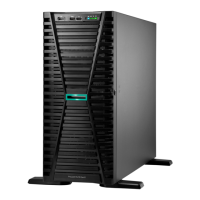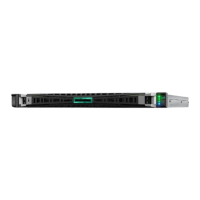Enabling or disabling automatic execution of the Embedded UEFI Shell
startup script
Use the UEFI Shell Script Auto-Start option to enable or disable automatic execution of the Embedded
UEFI Shell startup script during Shell startup.
• You can use the startup script to create a RAM disk, download files from the network, collect data,
upload results back to network, and then boot to the OS without rebooting the system.
• You can store the script file on local media, or access it from a network location.
• Name the script file startup.nsh and place it on local media or a network location accessible to the
server.
• When auto-start is enabled, and the Shell Auto-Start Script Location option is set to Auto, the Shell
looks for the script file in a network location first, followed by any locally attached FAT16, or FAT32-
formatted media.
• It is recommended that you have only one startup.nsh file on one file system.
Prerequisites
• Boot Mode is set to UEFI Mode.
• Embedded UEFI Shell is enabled.
Procedure
1. From the System Utilities screen, select System Configuration > BIOS/Platform Configuration
(RBSU) > Embedded UEFI Shell > UEFI Shell Script Auto-Start.
2. Select a setting.
• Enabled—The UEFI Shell startup script executes during Shell startup.
• Disabled—The UEFI Shell startup script does not execute during Shell startup.
3. Save your setting.
Enabling or disabling Shell script verification
Prerequisites
• Boot Mode is set to UEFI Mode.
• Embedded UEFI Shell is enabled.
• Secure Boot is enabled.
• Shell scripts are enrolled in the Secure Boot database.
Enabling or disabling automatic execution of the Embedded UEFI Shell startup script 103

